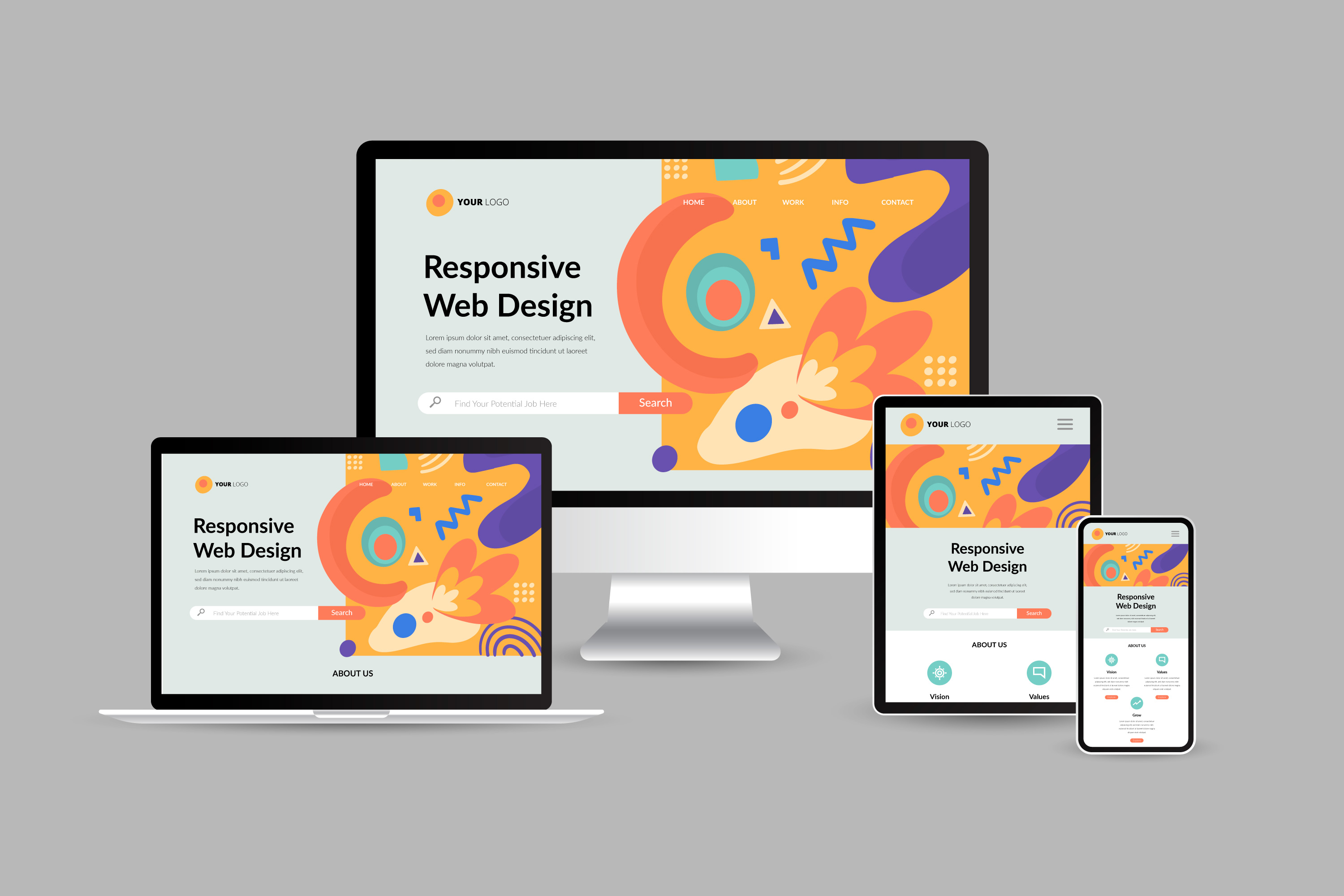Consult trusted professionals for seamless results in website development consulting.
Create a Well Balanced Online Experience With Holistic Website Design
In today's electronic landscape, creating a balanced online experience via holistic web layout is important for satisfying the diverse needs of users. By prioritizing accessibility and aligning material strategy with user choices, companies can dramatically enhance interaction.
Comprehending Holistic Website Design
This approach thinks about not just visual aspects but additionally functionality, functionality, and the psychological influence of the website on its individuals. By seeing a website as an interconnected environment, developers can ensure that every element-- aesthetic layout, material, navigating, and interactivity-- functions harmoniously to satisfy individual requirements.
Including an all natural perspective involves comprehending the target audience and their certain needs, choices, and actions (web design consulting services). It requires an analysis of exactly how customers connect with various components of the website and how these interactions influence their overall experience. This method also considers the wider context in which the site operates, consisting of brand name identity, marketing techniques, and competitive landscape

Trick Concepts of Individual Experience
At the core of effective website design exists a deep understanding of key concepts of individual experience (UX), which act as the foundation for developing intuitive and engaging digital environments (web design consulting services). These principles lead designers in crafting interfaces that straighten with individual demands and assumptions

One more considerable concept is responses, guaranteeing that users are informed about their communications. Whether via aesthetic cues or alerts, responses reinforces a feeling of control and complete satisfaction. Additionally, the principle of hierarchy dictates that information needs to be arranged realistically, guiding customers via content properly.
Last but not least, emotional design plays an essential role in UX. By evoking favorable emotions via appearances and communications, developers can produce remarkable experiences that cultivate customer loyalty. By sticking to these principles, web developers can create holistic experiences that reverberate with customers and fulfill their purposes.
Significance of Access
Ease of access is a vital aspect of website design that makes sure all individuals, no matter their abilities or handicaps, can connect with digital web content effectively. By focusing on web design consulting services access, web developers develop inclusive settings that satisfy diverse individual requirements, boosting overall user experience.
An obtainable web site sticks to developed guidelines, such as the Web Material Access Guidelines (WCAG), which advise methods like providing message alternatives for non-text content, ensuring adequate shade comparison, and making it possible for keyboard navigation. These methods not just serve customers with disabilities, such as visual or auditory impairments, yet also benefit various other individual groups, consisting of those with situational limitations or older adults.
Furthermore, the value of availability extends beyond ethical considerations; it additionally affects organization end results. An inclusive internet site can get to a wider target market, inevitably causing raised involvement and conversions. Additionally, access conformity reduces the threat of legal consequences connected to discrimination.
Including ease of access into website design promotes a sense Click Here of neighborhood, where all individuals feel valued and suited. web design consulting services. By welcoming this concept, designers add to a much more equitable electronic landscape, ensuring that everyone has the chance to access and gain from on-line resources
Integrating Web Content Strategy
Producing an inclusive electronic environment naturally causes the necessity of a robust web content strategy that lines up with customer requirements. An efficient material strategy functions as the foundation of holistic internet layout, guaranteeing that details is not just obtainable however additionally appealing and relevant. It requires a deep understanding of the target audience, including their preferences, actions, and possible obstacles to accessibility.
To incorporate a content strategy properly, organizations should focus on user-centric material production. This can be attained via thorough audience research study, which notifies the kinds of material that will certainly resonate with customers. Furthermore, content must be structured practically, making use of clear headings, bullet points, and concise language to boost readability.
Regular audits of material efficiency will certainly assist in refining strategies, making sure the material stays fresh and lined up with customer expectations. By prioritizing a natural material strategy, companies can create a balanced online experience that promotes involvement and availability for all users.

Determining Success and Interaction
While a well-executed web content strategy develops the structure of alternative website design, gauging success and interaction is vital for analyzing its performance and guiding future improvements. Secret efficiency indications (KPIs) such as web page views, bounce rates, and ordinary session period provide quantitative insights into individual habits. These metrics highlight which content reverberates most with customers and where potential friction points may exist.
Additionally, qualitative actions, such as customer feedback and studies, can use much deeper insights right into user satisfaction and involvement degrees. Tracking social media sites interactions and conversion rates also aids evaluate the effectiveness of content in driving preferred actions, see it here whether that be acquisitions, sign-ups, or info demands.
Utilizing devices like Google Analytics, heatmaps, and A/B testing can improve understanding of user communication patterns and preferences. This information enables internet designers and material planners to iterate on their styles, making sure that the on the internet experience stays user-centered and straightened with business goals.

Conclusion
In verdict, a balanced online experience via holistic web layout requires the assimilation of appearances, performance, and functionality. By prioritizing user demands and ease of access, designers can create interconnected ecosystems that boost involvement and satisfaction. A well-aligned material approach further adds to a cohesive individual experience, while regular feedback mechanisms are essential for promoting loyalty. Ultimately, this detailed method not just elevates customer contentment yet additionally reinforces brand identity in an increasingly competitive electronic landscape.